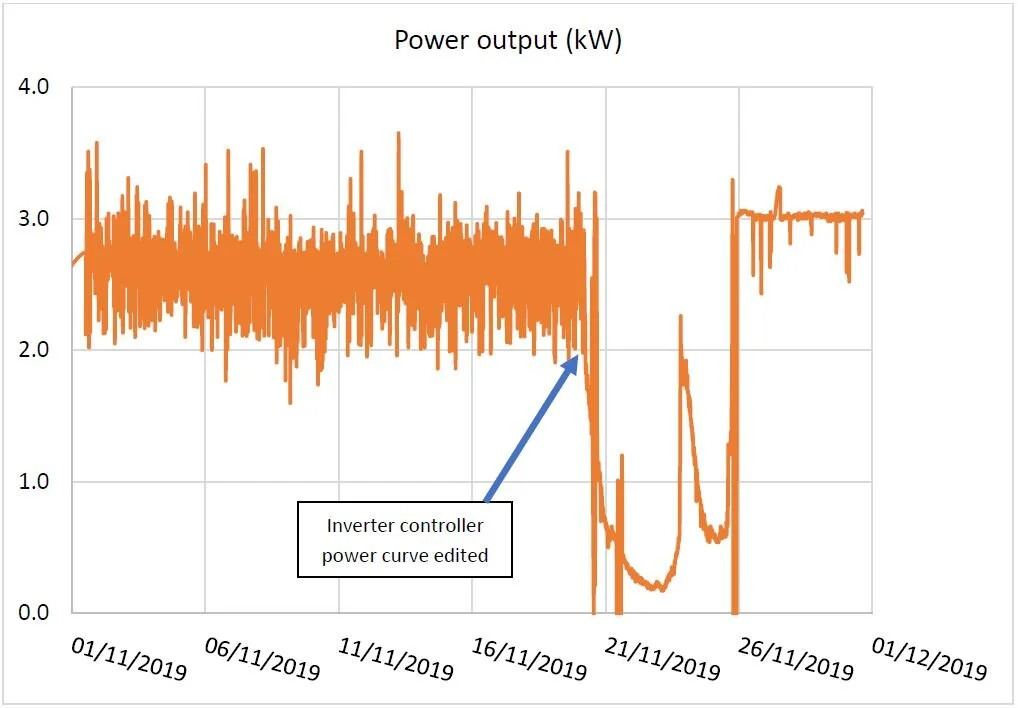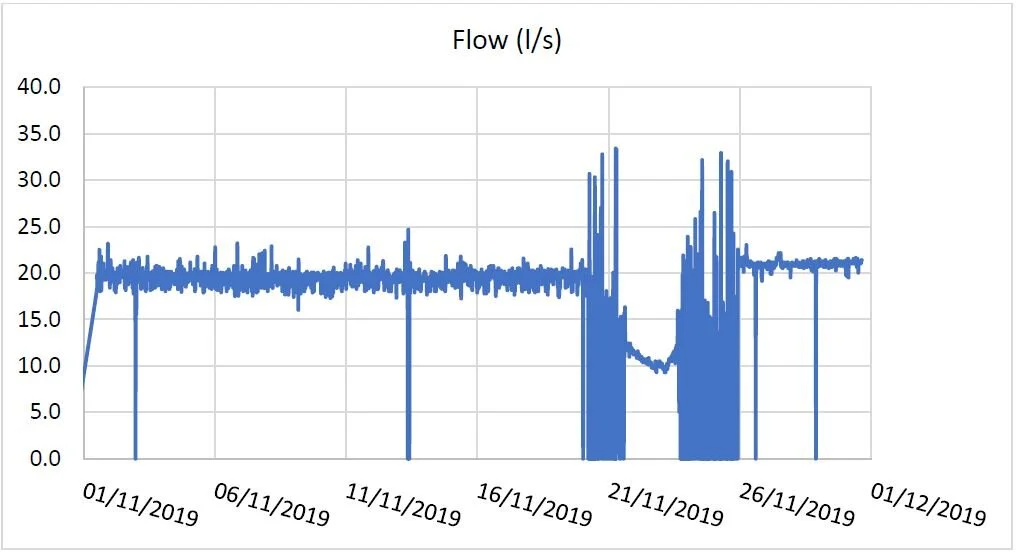Dr Katrin Dreyer-Gibney
Looking back on 2019, two events stood out within the Dwr Uisce Network. One was the official opening of the micro-hydropower turbine installation in the Blackstairs Group Water Scheme site, Co. Wexford, Ireland earlier this year. This low-cost installation reduces energy consumption from water treatment and distribution works by 20-25%.
And there is more to it. Cost savings resulting from the hydropower installation are donated to the “Wells of Life Ireland” Charity. This Charity helps to provide clean water sources for people in Uganda who don’t have access to safe water. A second installation launch took place in November, in Ty Mawr, Snowdonia, Wales. This time the energy generated is set to protect 200 rare Bibles, including the first Welsh translation from the effects of climate change. Increased rainfall and damp are affecting the manuscripts. Now the plan is to use electricity generated from a stream nearby to control humidity levels.
Daniele Novara demonstrates micro-hydropower installation to water industry representatives in the Blackstairs Group Water Scheme
Ty Mawr is a 16th Century farmhouse. It was the birthplace of Bishop William Morgan, whose translation of the Bible into Welsh in 1588 has been described as the most significant step in ensuring the survival of the language today. Both events were primarily designed to officially launch and demonstrate the installation to national water treatment site managers, industry representatives, government officials and the press, so they could “spread the word”, see the benefits and perhaps be interested in installing and supporting the technology also.
Besides the positive contributions these installations make to society, the official opening events provided learning opportunities also, for practitioners and researchers alike. Not only did they learn about new hydropower technology, but they learned to innovate also. Innovation has many different definitions. In the context of this innovation project, the one that fits best is developing solutions to existing problems. Learning to innovate means acquiring the capabilities to find solutions to existing problems, in this case finding solutions to address the problems of greenhouse gas emission and high water energy costs.
So, what exactly was learned?
Setting the Scene
First of all, the organisers of the events learned how best to create environment that facilitate learning to innovate, to put in place the logistics such as the support staff transport, catering, the timing of events, so that the learners could just focus on the learning, nothing else.
Facilitate Questioning
Both events were attended by water industry and government representatives, site managers and researchers from the fields of engineering, geology, environmental studies, and management. It had to be ensured that all were comfortable to ask questions, both formally and informally. After the initial welcomes, presentations where held by both researchers and site managers, facilitating initial questions.
Then the demonstration site visits followed which in Ty Mawr included a hike up to the water source and a tour of the farmhouse, holding the bibles. The attendees were subdivided into smaller groups, so they could ask plenty of questions about the installations, how they worked and assess how the technology could work in other places. Back at the event location lunches were providing, offering more opportunities for asking questions, discussing installation opportunities and networking. Throughout the event it was emphasised that both researchers and practitioners are learners and teachers.
More Questions, more answers…
Learning about Barriers and Enablers to Innovation
Deriving from all the questions asked the participants learned about the barriers and enablers to innovate. The barriers were, for example, the volume of data required to assess the feasibility to install the turbine, and the variation in their local environments. However, there were many enablers also, for example, the belief amongst all that this was the right thing to do and the availability of research funding.
Overall, site managers, water industry representatives and other practitioners learned about energy recovery possibilities in their own operation facilities. The researchers learned how to diffuse their new inventions.
Both practitioners and researchers learned how to manage demonstration events and promote continuous innovation, a capability that is vital to address sustainability issues in the 21st century.

































